In 2024, the global laser rust removal machine market is booming, driven by innovations and a demand for eco-friendly solutions. As businesses prepare for 2025, selecting the right machine is crucial to staying ahead in this competitive landscape. Understanding market trends and key features will empower wholesalers, retailers, and purchasing professionals to make informed decisions that enhance their product offerings and align with industry advancements.
Table of Contents:
– The Booming Market of Laser Rust Removal Machines
– Key Factors to Consider When Selecting a Laser Rust Removal Machine
– Importance of Regular Maintenance for Laser Rust Removal Machines
– Advanced Features in Modern Laser Rust Removal Machines
– Future Trends in Laser Rust Removal Technology
– Wrapping It Up
The Booming Market of Laser Rust Removal Machines
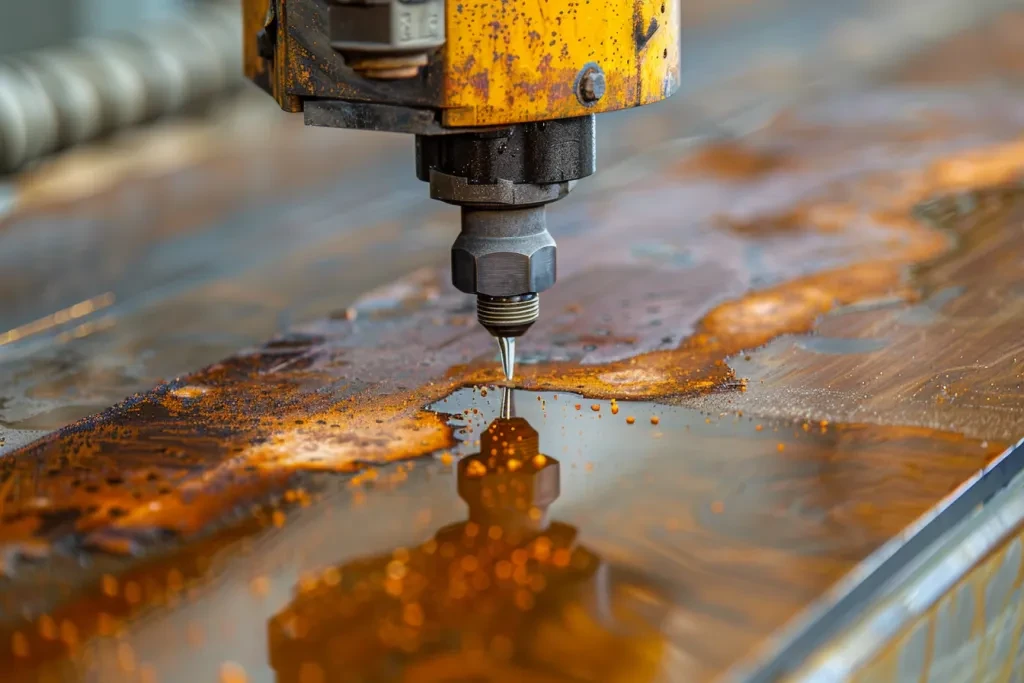
Market Overview
The global market for laser rust removal machines is growing rapidly. By the end of 2024, the Tools & Machines market, which includes these machines, is expected to reach a revenue of $234.60 billion. The market is set to grow at a compound annual growth rate (CAGR) of 2.65% from 2024 to 2029. China leads with a significant revenue of $78 billion in 2024, followed by Germany, renowned for its precision engineering and high-quality manufacturing.
In the United States, the Tools & Machines market is projected at $42.02 billion in 2024, with a CAGR of 2.79% from 2024 to 2029. The per capita revenue in the U.S. stands at $122.90, indicating strong demand for advanced manufacturing equipment and a robust DIY culture. Germany’s market, with a revenue of $3.80 billion in 2024, is anticipated to grow at a CAGR of 2.83% from 2024 to 2029, driven by technological advancements and increasing industrialization.
However, some regions like Spain are experiencing slower growth. The Spanish market is projected to generate $0.95 billion in 2024, with a modest CAGR of 1.63% from 2024 to 2029. The per capita revenue in Spain is $20.06, reflecting a lower but steady demand for tools and machines, including laser rust removal machines.
Detailed Market Analysis
Laser rust removal machines are gaining popularity due to their efficiency and precision. They use laser technology to remove rust, paint, and other contaminants from metal surfaces without harming the underlying material. Key performance indicators for these machines include laser power, wavelength, pulse duration, and beam quality. Higher laser power and shorter pulse durations lead to faster and more precise rust removal.
China holds a significant portion of the global market, thanks to its strong manufacturing sector and high demand for industrial machinery. Germany also plays a key role, known for producing high-quality engineering tools. Economic factors like global trends, national economic health, and fiscal policies greatly influence the market. Countries with stable economies and favorable tax policies tend to have stronger markets.
Consumer preferences are shifting towards sustainable and eco-friendly tools, driven by the need for efficient and environmentally conscious solutions. Sales typically increase during spring and summer, aligning with peak construction and renovation periods. Distribution channels are evolving, with online platforms becoming more popular due to the convenience and accessibility of e-commerce.
Innovations and Trends
The laser rust removal machine market is experiencing several innovations aimed at enhancing efficiency and precision. Recent advancements include the development of portable and compact machines, making them more accessible for small-scale and DIY applications. The integration of smart technology, such as IoT and AI, allows for better control and monitoring, enhancing performance and user experience.
Environmental regulations are also shaping the market, with stricter standards for waste management and emissions driving demand for eco-friendly rust removal solutions. Customers increasingly seek machines that offer high performance with minimal environmental impact, evident in the growing popularity of electric and battery-operated machines.
Customer concerns mainly involve the high initial cost and maintenance needs of laser rust removal machines. However, manufacturers are addressing these by offering more affordable options and comprehensive maintenance plans. Brand strategies focus on highlighting the efficiency, precision, and environmental benefits of these machines, setting them apart from traditional methods.
In conclusion, the laser rust removal machine market is set for growth, driven by technological advancements, consumer demand for eco-friendly solutions, and evolving market dynamics. Companies in this sector should focus on innovation, sustainability, and customer-centric strategies to seize emerging opportunities.
Key Factors to Consider When Selecting a Laser Rust Removal Machine
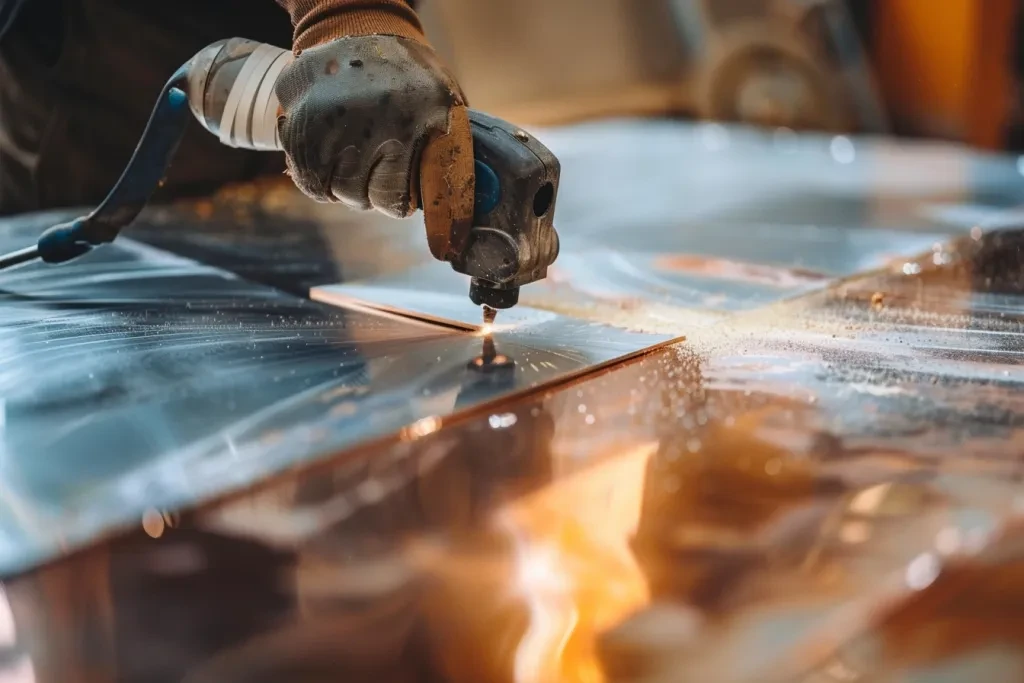
Choosing the right laser rust removal machine is essential for optimal performance tailored to your needs. Consider factors such as laser type, power, speed, compatibility, and safety features for the best results. Let’s explore these elements in detail.
Laser Type
The efficiency of a rust removal machine largely depends on the type of laser it uses. The two main types are CO2 lasers and Nd:YAG lasers.
- CO2 Lasers: These emit light at long infrared wavelengths (around 10 µm), known for high power and continuous operation. They work well on various materials, including metals and non-metals.
- Nd:YAG Lasers: With a light emission at 1064 nm, these lasers can operate in pulsed or continuous modes. They are particularly effective for rust removal from metals like steel and superalloys, with power levels typically between 1 and 5 kW.
Power
The power output of a laser rust removal machine affects its performance. Higher power means faster rust removal but could risk damaging the material beneath.
- Low Power (20-100 W): Ideal for light rust removal and tasks requiring precision.
- Medium Power (100-500 W): Suitable for moderate rust removal, balancing speed and precision.
- High Power (500-1000 W and above): Best for heavy-duty tasks, quickly removing thick rust layers.
Speed and Efficiency
The machine’s operational speed impacts productivity. Consider cutting or traverse speed and the machine’s ability to maintain consistent performance.
- Cutting Speed: Measured in meters per minute (m/min), higher speeds are generally better but must be balanced with accuracy.
- Traverse Speed: This is the speed at which the laser head moves across the material, impacting overall efficiency.
Compatibility and Flexibility
A versatile laser rust removal machine should be compatible with various materials and flexible in its applications.
- Material Compatibility: Ensure the machine can handle materials like steel, aluminum, or composites.
- Application Flexibility: Machines with adjustable settings and interchangeable laser heads can adapt to tasks ranging from fine detailing to broad surface cleaning.
Safety Features and Certifications
Safety is crucial when working with high-powered lasers. Look for machines with advanced safety features and industry-standard certifications.
- Safety Features: These may include protective enclosures, emergency shut-off switches, and interlock systems to prevent accidental laser exposure.
- Certifications: Ensure compliance with standards like ISO 11553, which governs laser processing equipment safety.
Importance of Regular Maintenance for Laser Rust Removal Machines
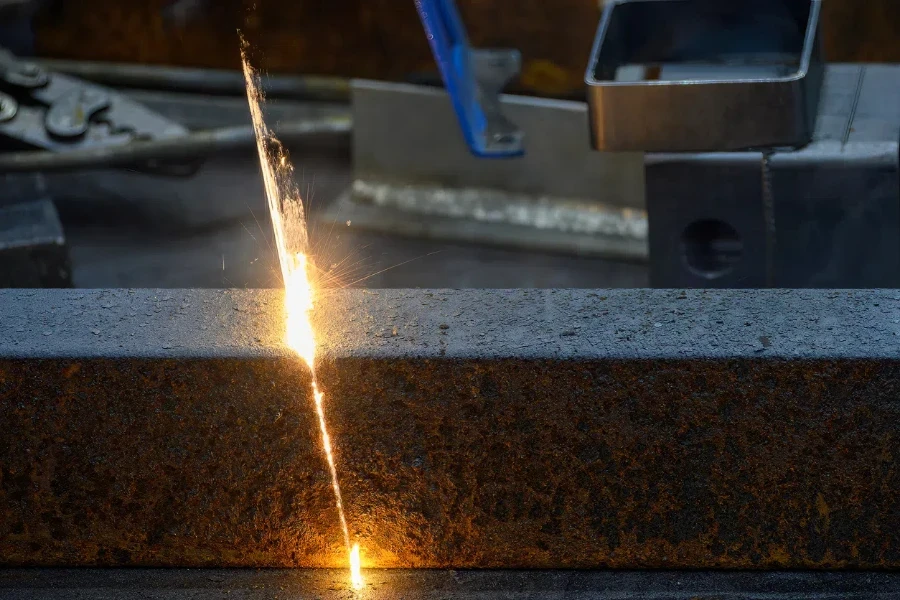
Regular maintenance is key to the longevity and consistent performance of your laser rust removal machine. It prevents unexpected downtime and boosts operational efficiency.
Routine Cleaning
Cleaning the machine’s components, especially the laser lens and delivery system, is vital for optimal performance. Dust and debris can affect accuracy and power.
- Laser Lens: Clean regularly with appropriate solutions to prevent obstructions that could alter the laser beam.
- Delivery System: Keep mirrors and beam guides free from contaminants.
Scheduled Servicing
Following a scheduled servicing plan helps identify and fix issues before they become serious. Professional inspections and calibrations ensure the machine operates within specified parameters.
- Inspections: Check for wear and tear on critical components periodically.
- Calibrations: Regularly calibrate the laser to maintain precision and accuracy.
Component Replacement
Over time, some machine components may need replacement to maintain performance. Keeping essential spare parts on hand minimizes downtime.
- Laser Tubes: Replace according to the manufacturer’s recommendations to prevent power loss.
- Cooling Systems: Ensure these are functioning correctly and replace faulty parts promptly.
Advanced Features in Modern Laser Rust Removal Machines
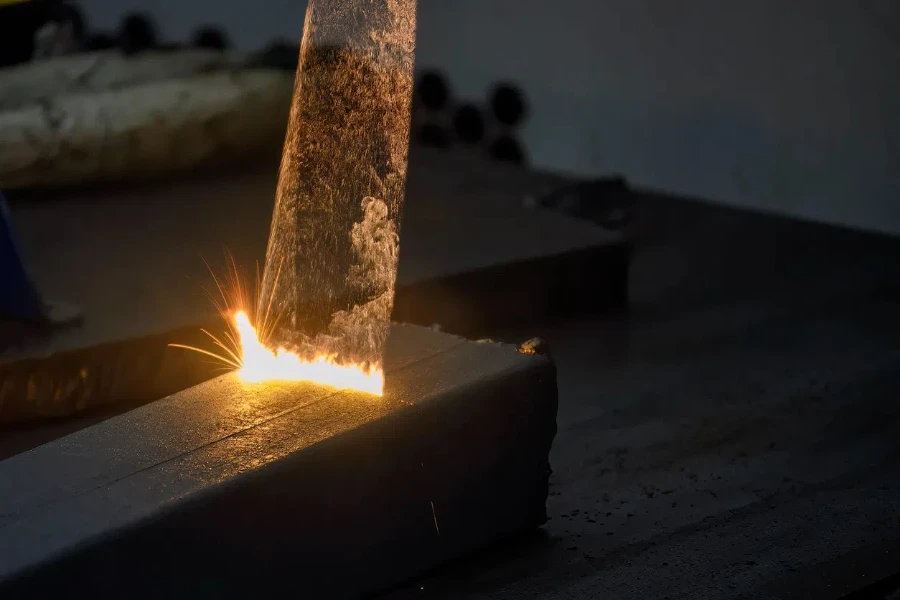
Modern machines offer advanced features that enhance functionality and ease of use, catering to various industrial applications.
CNC Controllers
Computer Numeric Control (CNC) systems provide precise control over the laser’s movement and operation, enabling complex tasks with high accuracy.
- Automated Operations: CNC controllers automate travel position, speed, and power settings, reducing manual effort.
- Pre-Programmed Tasks: Users can program specific tasks for consistent results across operations.
Integrated Monitoring Systems
These systems provide real-time feedback on machine performance, allowing for immediate adjustments and troubleshooting.
- Sensors: Monitor parameters like temperature, laser power, and beam quality.
- Alerts: Alert operators to anomalies, preventing potential damage.
Energy Efficiency
Energy-efficient designs help reduce operational costs and environmental impact.
- Power Management: Advanced systems optimize energy consumption based on the task.
- Eco-Friendly: Machines designed with sustainable components and processes contribute to environmental goals.
Future Trends in Laser Rust Removal Technology
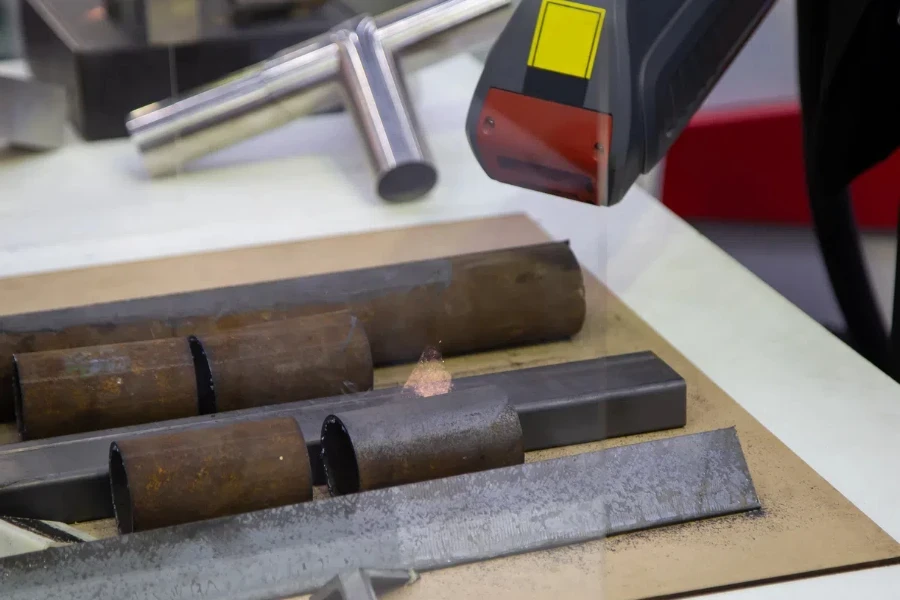
The industry is evolving, with trends focusing on efficiency, versatility, and sustainability.
Increased Automation
Automation will play a major role in the future, minimizing human intervention and improving safety and productivity.
- Robotic Integration: Robotic arms and automated guided vehicles (AGVs) will enable seamless operations in complex environments.
- AI and Machine Learning: These technologies will enhance precision and adaptability.
Portable and Compact Designs
The demand for portable and compact machines is rising, offering flexibility for field applications.
- Handheld Devices: Development of handheld devices for on-site maintenance and repairs.
- Compact Units: Lightweight units that are easy to transport and set up.
Enhanced Safety Features
Future machines will include more advanced safety features to protect operators and comply with strict standards.
- Advanced Enclosures: Improved protective enclosures with better visibility and accessibility.
- Real-Time Monitoring: Enhanced systems that detect and mitigate safety risks immediately.
Wrapping It Up
Selecting the right laser rust removal machine requires careful consideration of technical and practical factors. By understanding the importance of laser type, power, speed, compatibility, safety features, and maintenance, businesses can make informed decisions to enhance efficiency and productivity.




